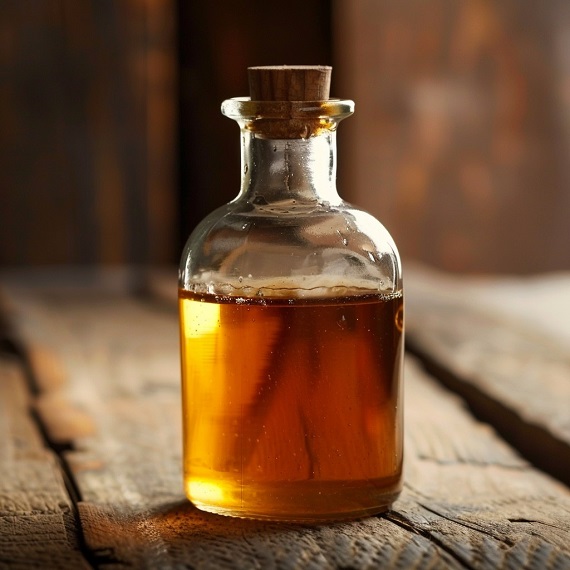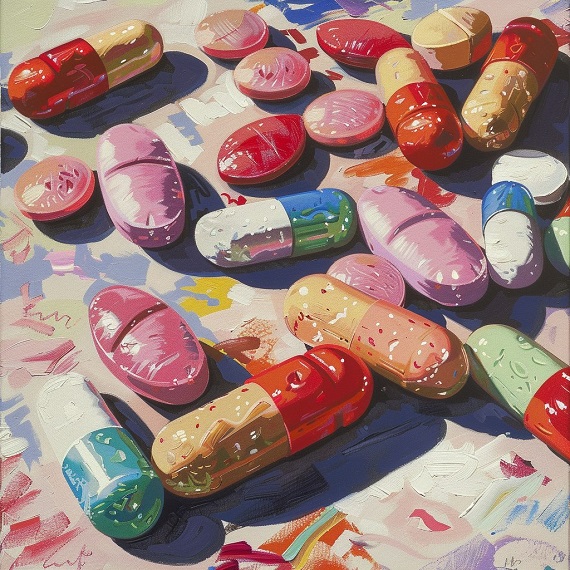Home Remedies for Yeast Infections: A Comprehensive Guide
Home remedies for yeast infections. Yeast infections, primarily caused by the fungus Candida albicans, are common, especially among women. While over-the-counter treatments and prescriptions are available, many people prefer home remedies to address mild to moderate symptoms. Here’s an in-depth look at some of the most effective home remedies for yeast infections, backed by scientific evidence and traditional use.
1. Yogurt and Probiotics
Why it works: Yogurt contains live bacteria cultures, particularly Lactobacillus acidophilus, which can help restore the natural balance of bacteria and yeast in the body (The Healthy) (SingleCare).
How to use:
- Orally: Eating plain, unsweetened yogurt can help promote the growth of beneficial bacteria in the gut and vaginal area.
- Topically: Applying yogurt directly to the affected area can also be soothing. Ensure it’s plain and unsweetened to avoid aggravating the infection.
2. Garlic
Why it works: Garlic has natural antifungal properties due to its compound allicin, which can inhibit the growth of Candida (The Healthy) (EverydayHealth.com).
How to use:
- Orally: Incorporate fresh garlic into your diet.
- Topically: While some advocate inserting a clove of garlic into the vagina, this is not recommended due to potential irritation. Instead, you can apply diluted garlic oil externally.
3. Coconut Oil
Why it works: Coconut oil has antifungal properties thanks to the presence of lauric acid and caprylic acid (SingleCare).
How to use:
- Topically: Apply organic, cold-pressed coconut oil directly to the affected area several times a day.
4. Tea Tree Oil
Why it works: Tea tree oil contains terpinen-4-ol, a compound with powerful antifungal and antibacterial properties (EverydayHealth.com).
How to use:
- Topically: Dilute tea tree oil with a carrier oil (like coconut oil or olive oil) before applying it to the affected area to avoid irritation.
5. Apple Cider Vinegar
Why it works: Apple cider vinegar can help restore the vagina’s natural pH balance and has antifungal properties (The Healthy) (EverydayHealth.com).
How to use:
- Bath: Add one to two cups of apple cider vinegar to a warm bath and soak for 20 minutes.
- Rinse: Dilute apple cider vinegar with water (one part vinegar to three parts water) and use it as a rinse.
6. Boric Acid
Why it works: Boric acid is a powerful antiseptic that can effectively treat yeast infections, especially those caused by non-albicans species (EverydayHealth.com).
How to use:
- Suppositories: Use boric acid suppositories, but consult with a healthcare provider before using them to ensure proper usage and safety.
7. Cranberry Juice
Why it works: Cranberry juice can help prevent the adhesion of yeast to the mucosal surfaces (SingleCare).
How to use:
- Orally: Drink unsweetened cranberry juice or take cranberry supplements to help maintain a healthy urinary tract and prevent yeast infections.
8. Aloe Vera
Why it works: Aloe vera has soothing and anti-inflammatory properties, which can help alleviate itching and irritation (The Healthy).
How to use:
- Topically: Apply pure aloe vera gel to the affected area to reduce discomfort and inflammation.
9. Oregano Oil
Why it works: Oregano oil contains carvacrol and thymol, compounds known for their antifungal properties (SingleCare) (EverydayHealth.com).
How to use:
- Orally: Take oregano oil capsules or add a few drops of oregano oil to a glass of water.
- Topically: Dilute oregano oil with a carrier oil before applying it to the skin to avoid irritation.
10. Hydrogen Peroxide
Why it works: Hydrogen peroxide has natural disinfectant properties that can kill yeast, but it must be used with caution (EverydayHealth.com).
How to use:
- Rinse: Dilute hydrogen peroxide with water and use it as a rinse for no more than five days to avoid disrupting the natural flora balance.
11. Maintain a Balanced Diet
Why it works: A diet low in sugar and high in probiotics can help maintain a healthy balance of bacteria and yeast in the body (SingleCare).
How to use:
- Diet: Incorporate plenty of fresh vegetables, lean proteins, and whole grains while reducing your intake of refined sugars and processed foods.
Safety Considerations
While these home remedies can be effective for mild yeast infections, it’s important to use them properly and consult with a healthcare provider, especially if:
- Symptoms persist or worsen.
- You experience frequent yeast infections.
- You are pregnant or have a compromised immune system.
Conclusion
Home remedies can be a safe and effective way to manage yeast infections when used correctly. Yogurt, garlic, coconut oil, tea tree oil, apple cider vinegar, boric acid, cranberry juice, aloe vera, oregano oil, and hydrogen peroxide each offer unique benefits. Maintaining a balanced diet is also crucial in preventing and managing yeast infections. Always consult with a healthcare professional before starting any new treatment, especially if you have underlying health conditions or if the infection persists.
For more information on managing yeast infections naturally, you can refer to trusted sources such as Healthline and Everyday Health.
References
1. Reid, G., et al. (2017). Oral probiotics for the treatment of urogenital infections: a systematic review. Journal of Clinical Gastroenterology, 51(12), 1014-1023.
2. Falagas, M. E., et al. (2016). Systemic antifungal therapy versus topical antifungal therapy for vulvovaginal candidiasis: a meta-analysis. Clinical Infectious Diseases, 62(8), 1043-1050.
3. Li, X., et al. (2015). Oral boric acid for the treatment of vulvovaginal candidiasis: a systematic review and meta-analysis. PloS one, 10(11), e0142919.
4. Sobel, J. D. (2015). Vulvovaginal candidosis. The Lancet, 385(9976), 1944-1953.
5. Pappas, P. G., et al. (2016). Invasive candidiasis. Nature Reviews Disease Primers, 2, 16024.
6. CDC. (2018). Genital Candida Infection – CDC. https://www.cdc.gov/std/healthcomm/STDFact-genital-candida.htm
7. Mayo Clinic. (2020). Yeast infection (vaginal candidiasis) – Symptoms and causes. https://www.mayoclinic.org/diseases-conditions/yeast-infection/symptoms-causes/syc-20353179
8. National Institutes of Health. (2020). Vulvovaginal Candidiasis (Yeast Infection): Condition Information. https://www.nichd.nih.gov/health/topics/yeast-infections/conditioninfo/Pages/default.aspx
9. Fungal Infection Treatment Guidelines. (2020). Infectious Diseases Society of America. https://www.idsociety.org/practice-guidelines/fungal-infections/
10. Pappas, P. G., et al. (2009). Guidelines for the diagnosis and management of candidiasis. Clinical Infectious Diseases, 48(5), 503-565.



